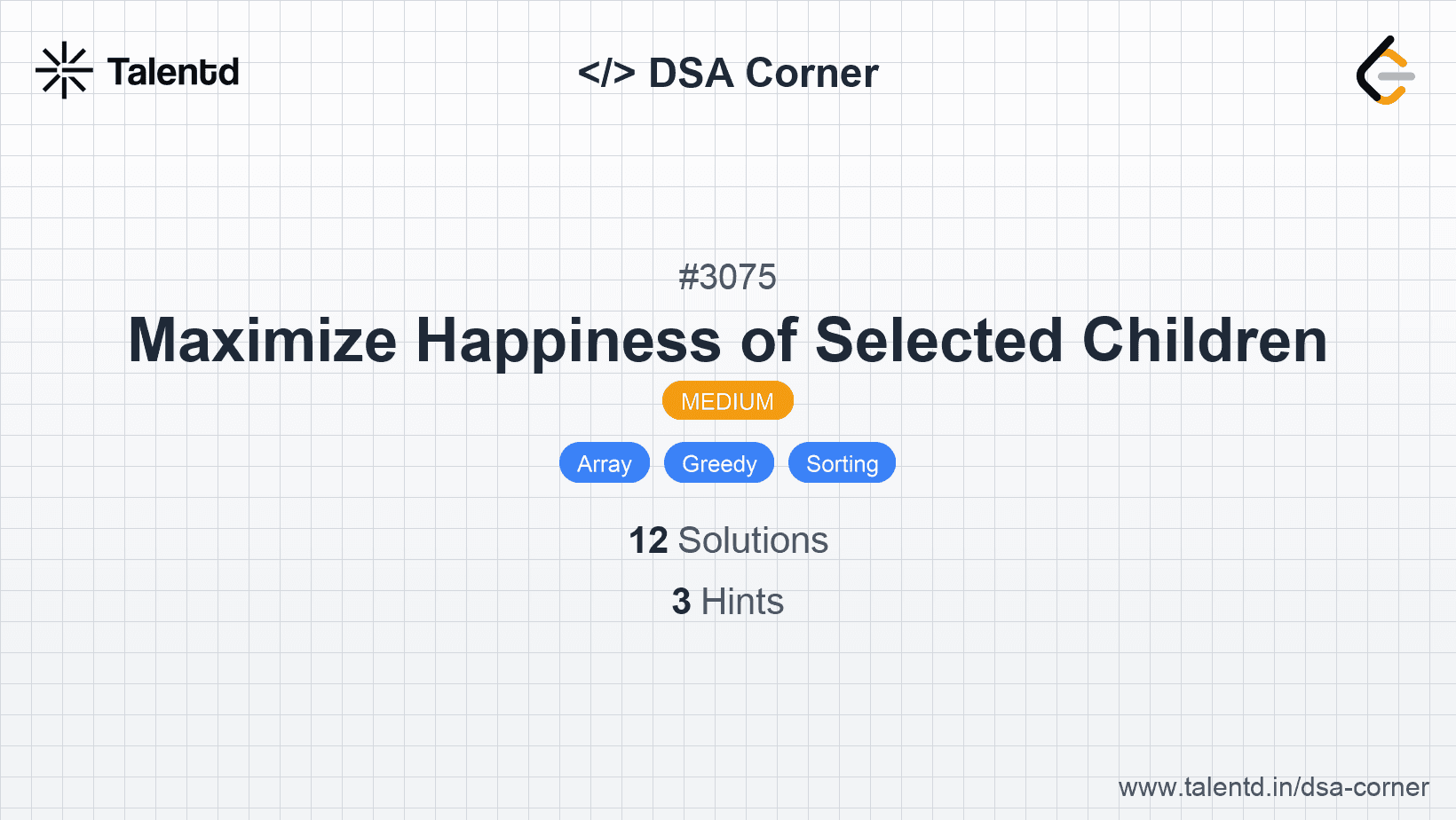
Sponsored
Sponsored
This approach involves sorting the input data first and then finding the solution by traversing through the sorted data. This approach is generally straightforward and often leads to a solution by leveraging sorted order, which simplifies many problems, such as finding pairs or detecting duplicates.
Time Complexity: O(n log n) due to sorting.
Space Complexity: O(1) or O(n), depending on the usage of additional data structures.
1#include <iostream>
2#include <algorithm>
3#include <vector>
4
5void solve(std::vector<int>& arr) {
6 std::sort(arr.begin(), arr.end());
7 for(int num : arr) {
8 std::cout << num << " ";
9 }
10 std::cout << std::endl;
11}This C++ solution utilizes std::sort for sorting a vector and outputs the sorted elements. You can replace the output statement with problem-specific operations like pairing or sum calculation.
This approach leverages a hash map to efficiently solve problems requiring quick lookups or to detect duplicates. This method is optimal for problems where you need to count occurrences or require O(1) average-time complexity for lookups.
Time Complexity: O(n)
Space Complexity: O(n) for the hash map.
1This JavaScript solution uses a Map to store and count occurrences of each array element, providing an easy way to display frequency or duplicates.